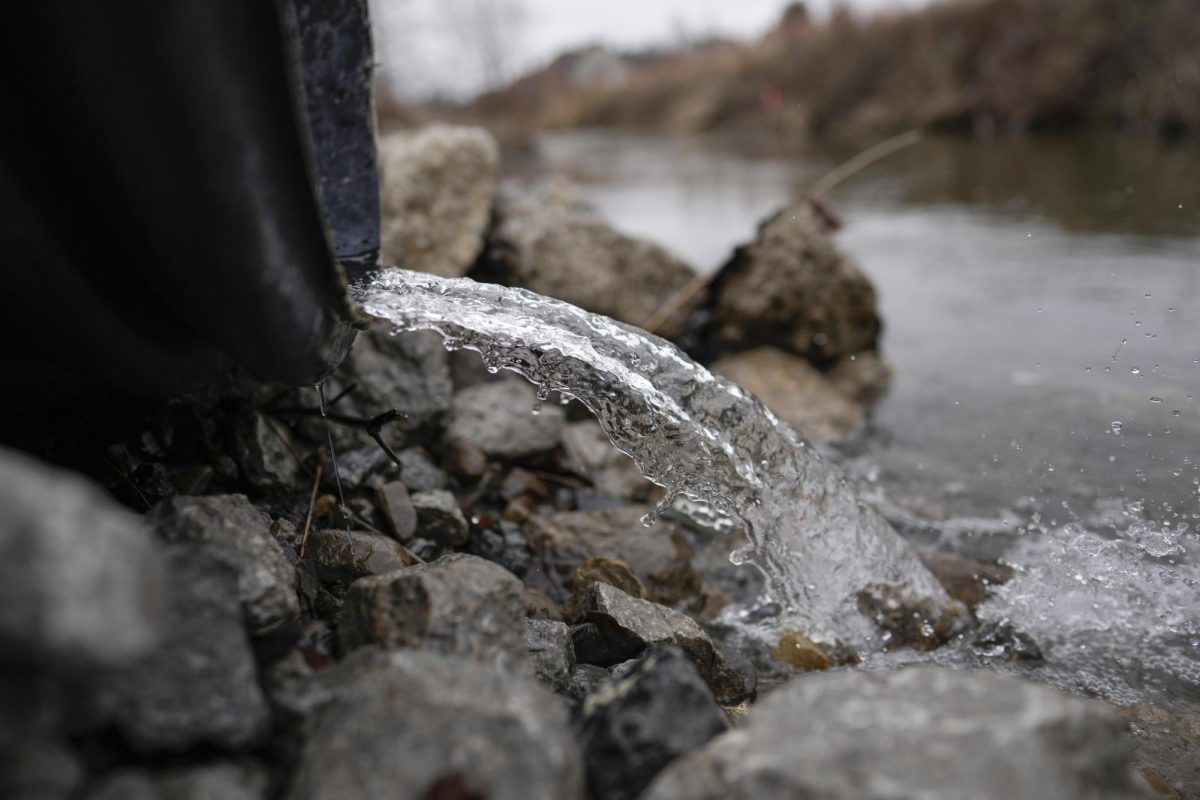The idea of drinking water from the ocean seems difficult to set into motion, as the concentration of sodium in seawater — ranging from around one percent in the Baltic Sea to 40 percent in the Red Sea — is far too dense for any human to safely intake. Despite previous difficulties in combating salt densities in coastal waters, the developments and recent improvements in water-purifying technology show some promise in terms of providing clean water to those who need it — whether to drink, to irrigate or to harbor energy. Though such technologies can rectify disparities in access to potable water, can these proposed benefits truly justify the quantity of money and environmental loss necessitated by the use of desalination mechanics? Is this method truly sustainable?
Perhaps one of the most notable contentions between the benefits and cost of this technology is the use of Redox Flow Desalination, commonly referred to as RFD. RFD is an electrochemical process by which saltwater is deionized, creating potable drinking water and harboring a considerable cache of clean energy. The tedious process carries a substantial financial burden. It is estimated that the cost to produce one cubic meter of water — approximately 264 gallons — using RFD ranges from $1 to nearly $3. While 264 gallons may appear to be a sizable volume of water, it is important to remember that the average household in the United States utilizes more than 300 gallons of water per day. As of 2015, the United States’ overall daily water usage was calculated at one billion times that — a shocking 322 billion gallons of water per day. In comparison to RFD methods, the extraction of water from rivers and underground water supplies costs a mere 10 to 20 cents per cubic meter. Thus, we must ask ourselves whether or not it is economically sustainable to both initiate and maintain the widespread use of desalination technology when there is water available to be harvested.
Environmental conditions have been shown to deteriorate in tandem with economic requisites. According to hydroclimatology expert Peter Gleick, it is reasonable to claim that RFD can have severe ecosystemic consequences. When salt is extracted from a given sample of seawater, it is not destroyed after RFD completion but rather isolated and transferred elsewhere. The process creates an extremely condensed byproduct referred to as brine, which is released back into water sources. As this brine is pumped back into local marine environments, at a daily estimate of 142 cubic meters (37,500 gallons) as per the United Nations Environment Programme (UNEP), the improper disposal thereby reduces the overall ppt (point per thousand) concentration of oxygen in the oceans, which eventually suffocates seafloor-bound creatures. Marine life residing closer to the surface seems to have ample access to oxygen given their proximity to onshore breezes.
However, their adaptive features to internally process salt will likely fail them. Even if larger visible specimens were to remain miraculously unencumbered by oxygen and salt depravity, the increase of salinity levels would notably lower their viability through decapitation of the marine food chain. Salinity quality directly affects the community composition, special diversity and metabolic faculties of coastal microorganisms such as phytoplankton and macroalgae, from which the entire food web stems. Such colossal damages to the food chain are avoidable, but as is observed throughout the industrial world, it is more convenient to mindlessly inject byproducts elsewhere than to employ environmental agencies for the proper disposal of hazardous waste. In order for desalination methods to be considered sustainable, their methods of byproduct disposal must be properly addressed.
It appears to be an unfortunate truth that even industries whose technology is meant to provide sustainable benefits ultimately succumb to a mindset in which expediency and near-term financial benefits are valued over a clean conscience and clean results. As the world observes shifts in political consonance, population health and international relations, the threads of the future seem to wind themselves tighter around the fingers of those who wish to preserve the planet, its socioeconomic facilities and its ecosystems. It begs the question of whether sustainable technology such as RFD is a herald of a healthier and more equitable Earth or merely a way to camouflage unsustainable practices.












